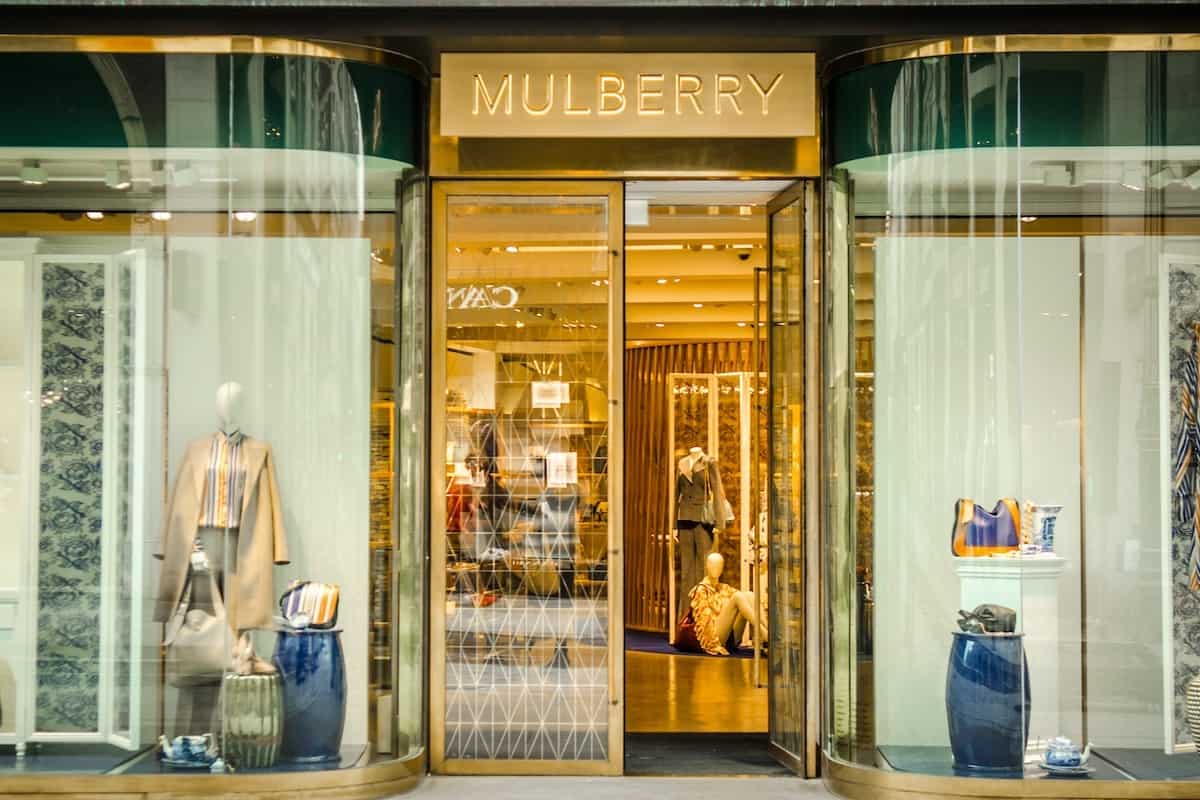Discount clothing retailer MandMDirect.com is offering customers a new way of returning their goods.
It’s giving shoppers the chance to pay a discounted returns rate when they order goods.
Thus when an MandM Direct customer makes a purchase they can opt to pay £1.49 for a label for delivery company Collect+, which arrives printed onto the delivery note. If the customer decides to send their unwanted goods back they repackage the product and attach the returns label before dropping the parcel off at one of the more than 3,500 corner shops in the Collect+ network. The usual cost of returns is £3.99.
YouGov research, published in June 2009, shows that 59% of online shoppers expect returns to be free. But 58% say a lack of clarity and transparency can put them off buying from a retailer altogether – and 12% buy products already planning to return all or part of their order. Neil Sansom, marketing director of MandM Direct, says that while many consumers expect free returns that’s not an option for companies in MandM’s value sector.
He said: “Clear and simple returns processes are increasingly important to savvy consumers that will take their purchasing power elsewhere if they don’t like what they see. In the value sector, free returns are not an option if we want to continue offering our shoppers the best prices all year round. This new service not only gives our customers the option to pay a small amount for a guaranteed return, but with Collect+ it also makes the process much more convenient than ever before.”
Mark Lewis, chief executive of Collect+, said: “MandM Direct is among those online retailers that recognise the importance of the customer experience when it comes to the last mile of internet shopping – deliveries and returns. Busy consumers need services that fit in with their day-to-day lives, and this cost-effective and simple solution to product returns is one that we expect to see more and more retailers consider in the coming months.”
Our view: This seems like an interesting idea: it’s a way for customers to hedge against the possibility they will want to return the goods they are orders. However we’re not wholly convinced that many buyers will actually pay up front for a return. But what this certainly does is send a clear signal that returns will be paid for – fulfilling the consumer’s need for clarity on returns.








